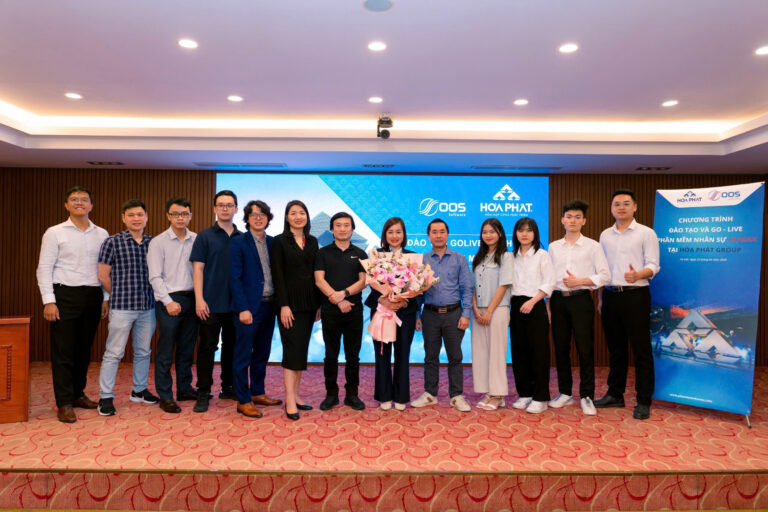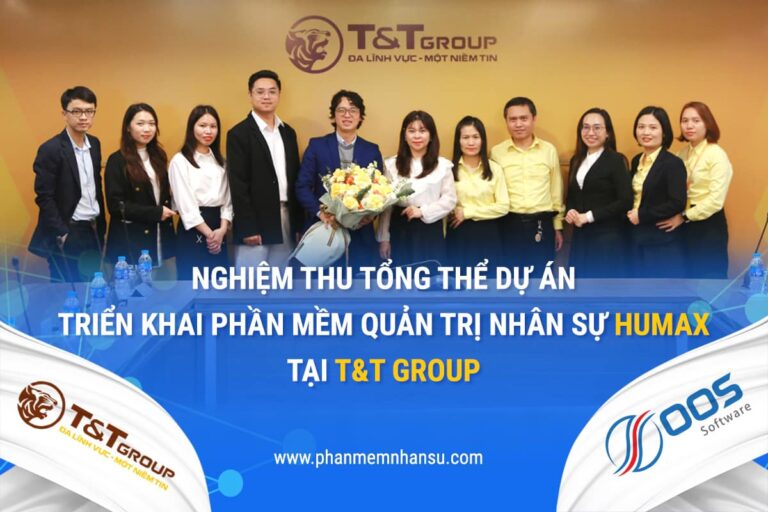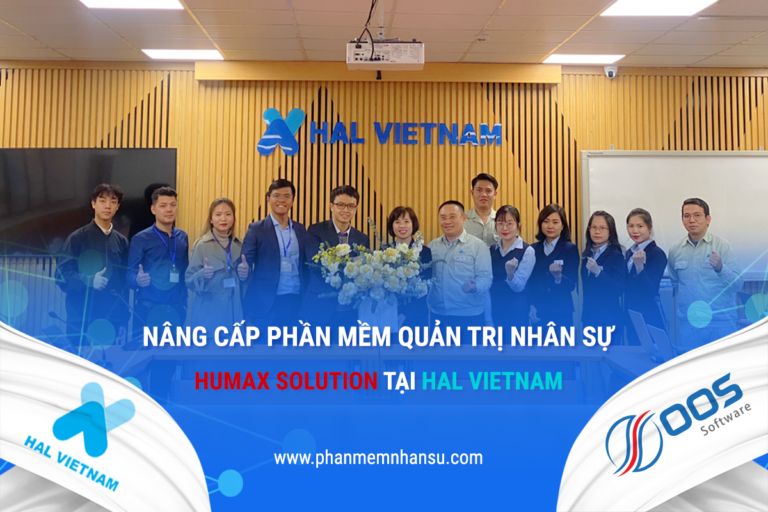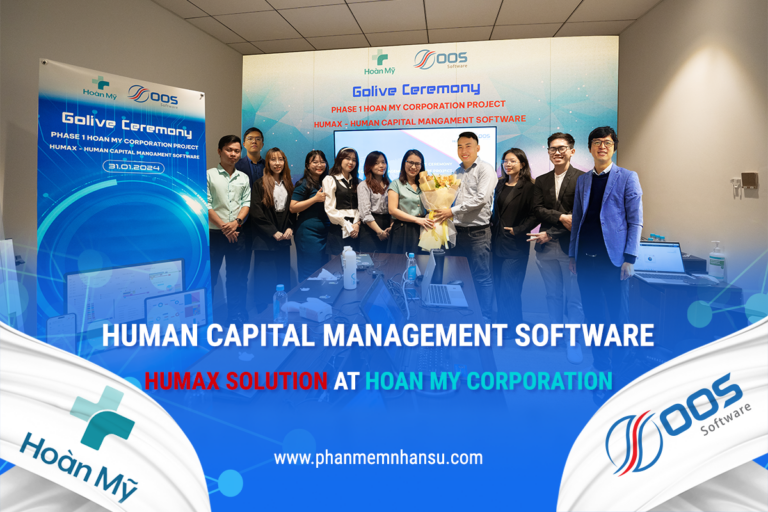Along with many changes in data governance and technical technology, organizational readiness is essential to deal with these challenges, which is a great responsibility of business leaders, HR professionals and all employees.
To make those changes happen, organizations must first ensure that their human resources are equipped with the necessary skills and expertise.
Past HR strategies are no longer relevant because employees are expecting more from management, while leaders and HR are struggling to retain employees and improve work culture.
Therefore, HR leaders need to be aware of the transformation trends that are affecting the business in order to identify methods and systems to strengthen human resources.
AI will simplify the complexity of HR operations
New applications of artificial intelligence (AI) technology will develop human resource software service providers and recruitment management systems.
Chatbots will help with some of HR's day-to-day tasks like learning about frequently asked questions and automated responses, thus reducing the time HR spends evaluating and responding to requests. of employee.
AI technology also optimizes the recruitment and onboarding process for new employees, for example eliminating favoritism and improving internal workflow, which will save HR time to find talent. . Instead, they can focus on relationship-building activities with the candidate.
Given AI's latent ability to disrupt the standard HR paradigm with automated tasks and processes, the realization of computer technology will provide an opportunity to focus on Training and Development as well as other areas of development. better strategies for HR leaders and managers, creating stronger engagement with employees.
Talent must be upskilled for future roles
While AI and automation help companies get better at work, it's also created fears of job loss from a reduction in the need for human physical capacity.
AI and automation have led to the 4.0 revolution and we are ready for the future of human resources when humans work with machines. The fear of job loss will continue to grow in 2019, but HR and leaders have yet to do much to address this fear, and they are not prepared to have a ready workforce. in a future world of work.
In 2019, this trend comes from the need to stay competitive in the market, HR and business leaders need to proactively manage the changing demographics of the workforce intentionally and systematically, quickly improve the skills of employees before the talent crisis occurs.
In fact, many organizations have faced the problem of talent shortage, which can show that new competencies have not been included in human resource development plans or lack the ability to quickly respond to the needs of employees. enterprise; This is the result of having the wrong person and the wrong capacity as required.
This shows that capacity building is probably not a simple solution to the problem of skills shortage in many fields. This process requires the participation of employees who have a voice in their career development in accordance with their future roles and competency requirements, on-the-job training, learning development plans with guidance and support from personnel and management.
This training will help HR professionals and leaders identify potential changes in the hierarchy of needs, goals, and motivations of all employees and improve organizational performance.
Improving employee capacity also contributes to building and developing competency groups that not only meet the future needs of enterprises but also increase their competitive position in the human resource market.
Investing in employee benefits is important
With unforeseen developments in technology and data, employees today face levels of information overload.
As a result, they are so affected by the physical, emotional and social stressors associated with information overload that organizations have to look for ways to help employees cope with the stress. change, reduce stress and burnout for the purpose of keeping human resources happy and healthy.
Happy and healthy employees tend to be more productive and will stay longer with the company.
Trends for 2019 show that many companies will prioritize employee welfare as part of their corporate strategy.
Businesses will invest more in wellbeing programs that include improved programs and tools for financial management, mental health, stress management, diet and sports as well. such as changing cultural and leadership behaviors to support these initiatives.
Investing in employee well-being is an important part of improving employee engagement and fostering a healthy workplace culture, from which we can expect the company to thrive in the future. New Year.
Source: PACE Business School























